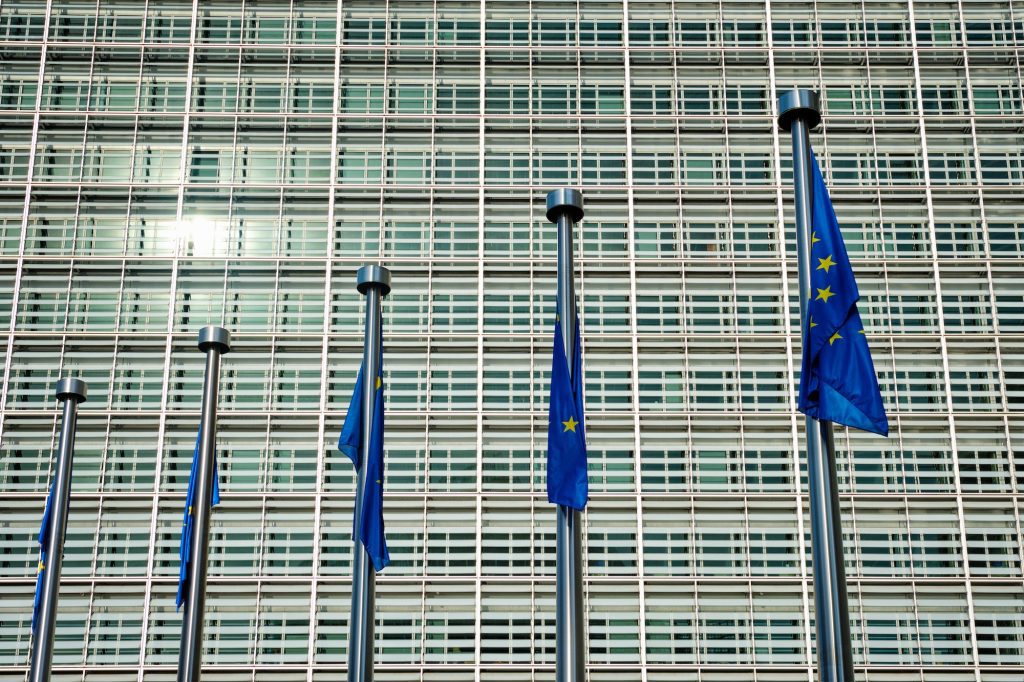EU releases guidelines for online platforms on electoral integrity
As the EU rolls out guidelines aimed at safeguarding electoral integrity online, Very Large Online Platforms and Search Engines face stringent measures to combat systemic risks and uphold democratic principles.

The European Commission has released guidelines aimed at Very Large Online Platforms and Search Engines, outlining measures to mitigate systemic risks impacting the integrity of elections, particularly with the upcoming European Parliament elections in June. Under the Digital Services Act (DSA), platforms with over 45 million active users in the EU must address electoral risks while upholding fundamental rights like freedom of expression. These guidelines cover various phases of electoral events, emphasising internal reinforcement, tailored risk mitigation, and cooperation with authorities and civil society.
Key recommended measures include internal team establishment, elections-specific risk assessment, and cooperation with the EU and national entities to combat disinformation and cybersecurity threats. Platforms are urged to adopt AI-specific measures and incident response mechanisms during election periods, with post-election reviews for effectiveness evaluation. Ahead of the European elections, platforms must ensure proportional risk mitigation and cooperate with the European Digital Media Observatory (EDMO).
These guidelines follow a public consultation and input from Digital Services Coordinators, underscoring the importance of electoral integrity under the DSA. Platforms failing to adhere to these guidelines must demonstrate equivalently effective measures or face Commission scrutiny.
A stress test with stakeholders is scheduled for April to prepare and optimize mitigation strategies and cooperative mechanisms. With multiple elections in the EU in 2024, safeguarding democratic processes remains a top priority, reflecting ongoing efforts under various regulatory frameworks.
